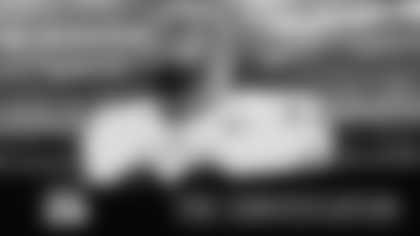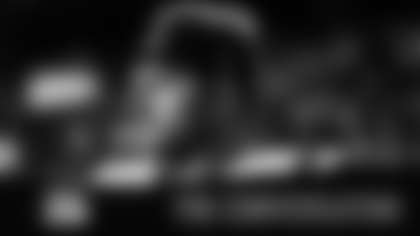Lemar Parrish and Dave Lapham are set for induction into the Bengals Ring of Honor at halftime of Sunday's game (1 p.m.-Cincinnati’s Local 12) at Paycor Stadium.
Who better to reminisce than Bengals all-time passing leader Ken Anderson, an inaugural Ring of Honor member who played with both during the 1970s?
All three played on Paul Brown's best and last Bengals team in 1975, and 50 years later, Anderson remembers with Bengals.com senior writer Geoff Hobson in The Conversation.
The Conversation
GH: We all know about Lap, as an announcer, as a guy, as a roommate. All-around great. What was he like as a player?
KA: Outstanding. He was smart and versatile. Here's a guy who started at every position on the offensive line. I remember we went down to Houston one time, and their nose tackle was (Pro Football Hall-of-Famer Curley Culp), and I think Blair Bush, who was the center at that time, was hurt, and Dave went in, and we never missed a snap. He's that kind of guy.
GH: He raves about how good Curley was. Did you say anything to him?
KA: No, I did not. I think we had brought back Bob Johnson just for long snapping, and I think he would have had to go on in if Lap got hurt. I think I offered (Lapham) 100 bucks one time on third down if we didn't make it, just to lay there to make him come out and get Johnson worried a little bit.
GH: Did you ever line up and not know where he was because he could have been anywhere, right?
KA: I always knew who the center was. I mean, he could have been a starter at any position on the offensive line, and we had some guy named (Pro Football Hall of Famer Anthony) Munoz at left tackle. This other guy, Mike Wilson, was pretty good out at right tackle. Dave came in in the '70s, and he was a hard worker. Just a real intelligent offensive lineman.
GH: The first year he started was his second year for that '75 team. And we've talked about this before. Probably the most underrated team in Bengals history. Paul Brown's last and best Bengals team. 11-3. Made the playoffs. Finished second to the 12-2 Steelers in the AFC Central and they were on the way to winning the first of four Super Bowls. And Lemar Parrish is one of the great underrated players not only in Bengals history, but in NFL history.
KA: Oh, yeah. He was a tremendous cornerback. But when you think back in that era, we had the most dynamic punt return team in the league with he and Tommy Casanova both back there. Tommy was kind of that long strider, that glider, and he'd make one cut and go. Lemar was that jitterbugger. All of a sudden, there's a pile, and somehow he comes out of it. That was really an important part of our game that changed field position back in those days.
GH: That offensive line had to be really good.
KA: They were. Left tackle Rufus Mayes (a Bears' first-round pick acquired in a trade). Right tackle Vernon Holland was our No. 1 pick my year (1971). Bob Johnson (first Bengals' draft pick in 1968) was our center. Lap was a guard. (John) Shinners was still there at guard.
GH: Paul Brown used "The Messenger Guard," where he would send in plays with rotating guards. Did he use Lap?
KA: No, I don't think Dave was ever the Messenger Guard. He stayed. It was Shinners and Howard Fest.
GH: Did you like "The Messenger Guard?"
KA: That's just the way it was. I remember one time we were playing out in Oakland. I think Pat Matson was coming in. He said, "65. Or was it 75? 85? Oh hell, call what you want."
GH: I'm sure you did that many times, didn't you?
KA: Yeah, but Otto Graham (Paul Brown's Hall of Fame quarterback with the 1950s Browns) gave me some great advice. He asked me once, "Kenny, have you ever not liked a play and just called your own in the huddle?" I said, "Otto, I'm still a young guy." He said, "Well, let me give you a little piece of advice. If you ever do, make sure it works."
GH: How was Lemar as a cornerback when you went against him in practice?
KA: Gosh, is there any better duo that they had in the league back then with Kenny Riley and him? To be quite honest, probably one reason that Kenny got a lot of interceptions (Bengals-record 65) is they were throwing away from Lemar.
GH: Lemar had 25 interceptions himself as a Bengal. Best cornerback tandem you ever played or practiced against?
KA: Without a doubt.
GH: You look at that secondary with Tommy Casanova, a Pro Bowler at safety, along with two Ring of Honor cornerbacks in Riley and Parrish, that was probably one of the things that made that '75 team great.
KA: We won one fewer game than Pittsburgh. We were a really good team that year. You think about it, in the playoffs. One year we get beat by Miami, which was kind of the dynasty at that time. And then the next time we get beat by Oakland, who had their own little dynasty, and then we're in the same division with the biggest dynasty of all in Pittsburgh.
GH: The '75 season ended with that great AFC Divisional in Oakland.
KA: We got beat, what, 31-28 something like that?
GH: Right. I'll look it up, but you had a first down across the 50 late. (At the Oakland 37 with 4:19 left after defensive tackle Ron Carptenter recovered Pete Banaszak's fumble.)
KA: Then Hendricks came in. (Hall of Fame linebacker Ted Hendricks sacked Anderson on first down.)
GH: Lap has told me Hendricks pressured you all that series, and it kind of changed the history of pass protection.
KA: They were in a 3-4, so, technically, he's a linebacker. So that would put the running back on him. There were just so many good outside edge rushers from that position that you had to put a lineman on him.
GH: Did Lap ever give you a play? Did Lap ever suggest a play?
KA: No, no.
GH: Good roommate, though?
KA: Yeah, he slept through the night and didn't bother me, so that was good.
GH: Which is exactly what you needed.
KA: I woke him up more than he woke me up, I'll tell you that.
GH: I think Lap's version is you were always studying, right?
KA: I was always nervous before a game, and it would be kind of the middle of the night, and I'd go in the bathroom, put the toilet seat down, and go over the game plan one more time.
GH: And Lap didn't care.
KA: No. He didn't even snore. That was a good thing too.
GH: I guess it was just a natural for you guys to room together.
KA: I don't know. We just became great friends through that whole process, and remain great friends today.
GH: Whose idea was it to be roommates?
KA: I think it was just kind of natural because I had roomed with John Shinners before that. When he retired, it was just kind of natural for an offensive lineman to take his place.
The one thing, to show the respect that the organization had for Dave. When he left and went to the USFL and played for (President) Trump's team (the New Jersey Generals), normally, you go to another team and … But when he came back in and Mike (Brown) called him to do the radio, it just shows what everybody thought of him.
GH: How long were you guys in the radio booth together?
KA: For the first six years after I retired before I went into coaching. It was great. He always has such a great view of what was going on out there and the perspective. It was a lot of fun. We got a chance to work with (play-by-play voice) Phil Samp the first couple of years, which was a lot of fun.
GH: What do you think is his best attribute as an announcer?
KA: His excitement. He's a true Bengals fan. If there's ever an announcer who's a homer, it's him. But that's what you want from the home team radio crew. I would like to know how many people turn off their TV sets and turn on just to listen to him. Dan Hoard does a great job (at play-by-play) as well, so I think those two really complement each other.
GH: You guys are still teaming up. We see you all the time out in the community at each other's events.
KA: We partnered with the Down Syndrome Association for several years. He's always been very supportive of what I've done, and the same thing with what he's done. I'm just excited that he's going into the Ring of Honor. And like I say, so many people nowadays know him from 40 years in the radio booth, but they forget what a great player he was.
GH: Really, we've got two of the bigger personalities in Bengals history going into the Ring together. Like that Boomer-Chad class.
KA: I remember one time, I forget what kind of car it was, but it had a top on it that was kind of … I don't know what it was. But Paul Brown said, "Lemar, your car has hair on it."
GH: I guess there's that famous story where Paul walked into a meeting wearing his stuff.
KA: His fur coat?
GH: What's the most outrageous thing you ever saw him wear?
KA: Oh, God, is there one thing? He was the fashion icon of our day with the things he wore. Flashy on and off the field.
GH: The conventional wisdom is they say, well, Kenny Riley was the fundamental textbook cornerback and Lemar was the great athlete. But I'm sure they were both a mix.
KA: Oh yeah. Unless you're sound fundamentally, you're not going to last in the league. And certainly Lemar had good fundamentals, but he was a lot flashier than Kenny.
GH: We have to end it with you telling the ultimate roommate story at the Super Bowl in Detroit.
KA: I'm MVP in the league. So we open our door, we don't see a bed. I say, "Lap. MVP. We've got us a suite, baby.' And then we go and look around, and there's no bed in there. And so we're trying the doors that open up into the other rooms, and they're all locked. And then we're looking, and there was a tumble bed coming out of the wall. And I said, "Lap, I like you a lot, we're not both sleeping in that one.' So we had to go down and find (Bengals business manager John) Murdough and get another room.
GH: Now you're Ringmates forever.
KA. Great player. Better guy.
View the best photos from the past Ring of Honor ceremonies before the 2024 inductees ceremony during Monday Night Football.

Tim Krumrie and Corey Dillon are inducted into the Bengals Ring of Honor, Monday, September 23, 2024.

Corey Dillon is inducted into the Bengals Ring of Honor, Monday, September 23, 2024.
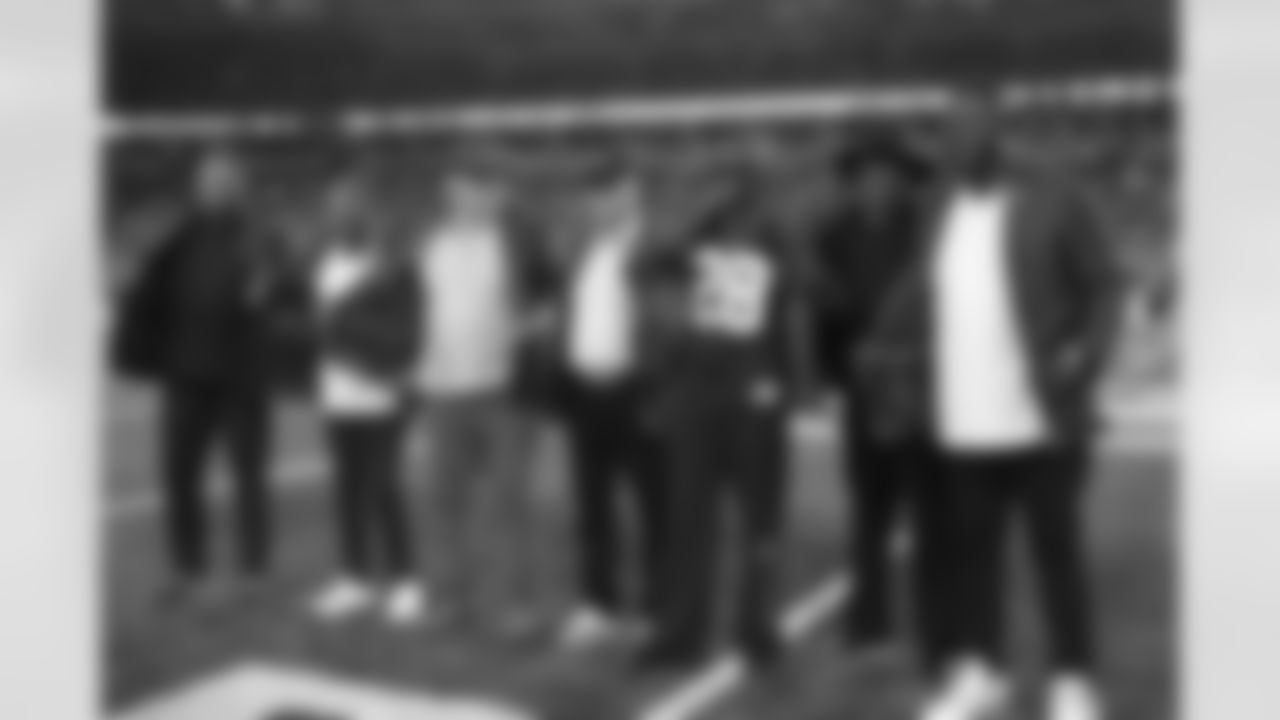
Tim Krumrie and Corey Dillon are inducted into the Bengals Ring of Honor, Monday, September 23, 2024.

Tim Krumrie and Corey Dillon are inducted into the Bengals Ring of Honor, Monday, September 23, 2024.
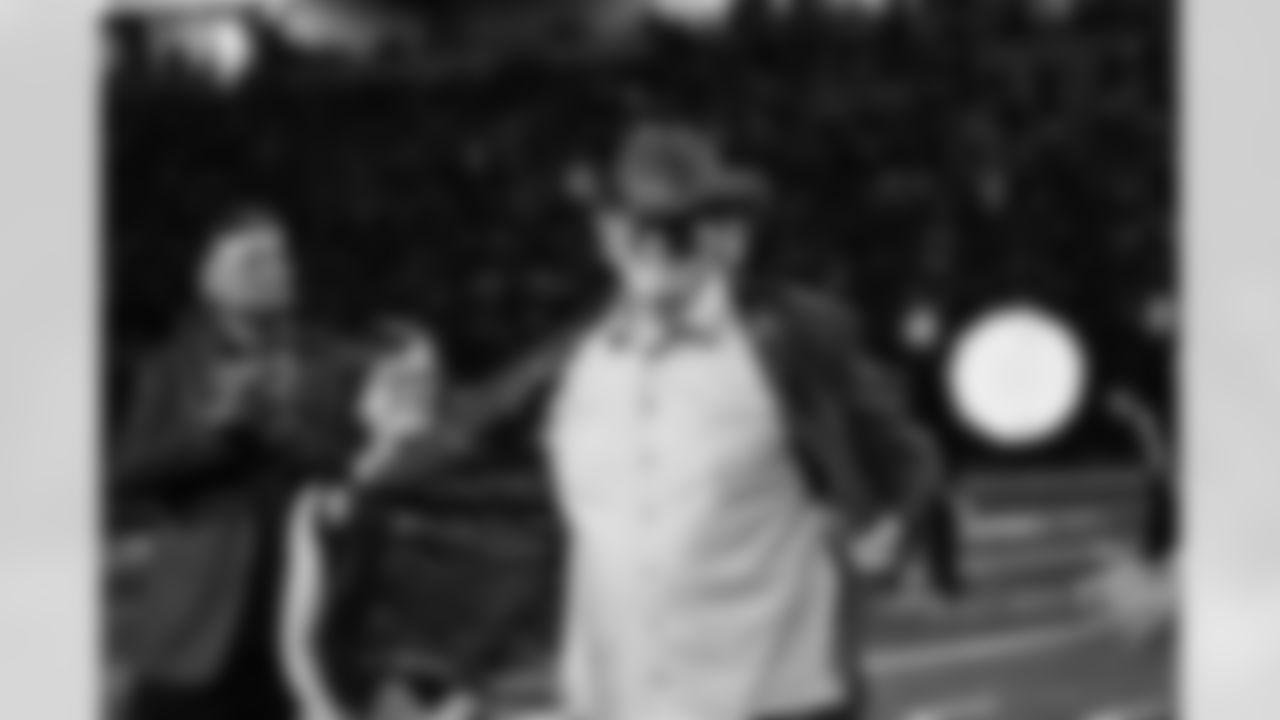
Tim Krumrie is inducted into the Bengals Ring of Honor, Monday, September 23, 2024.
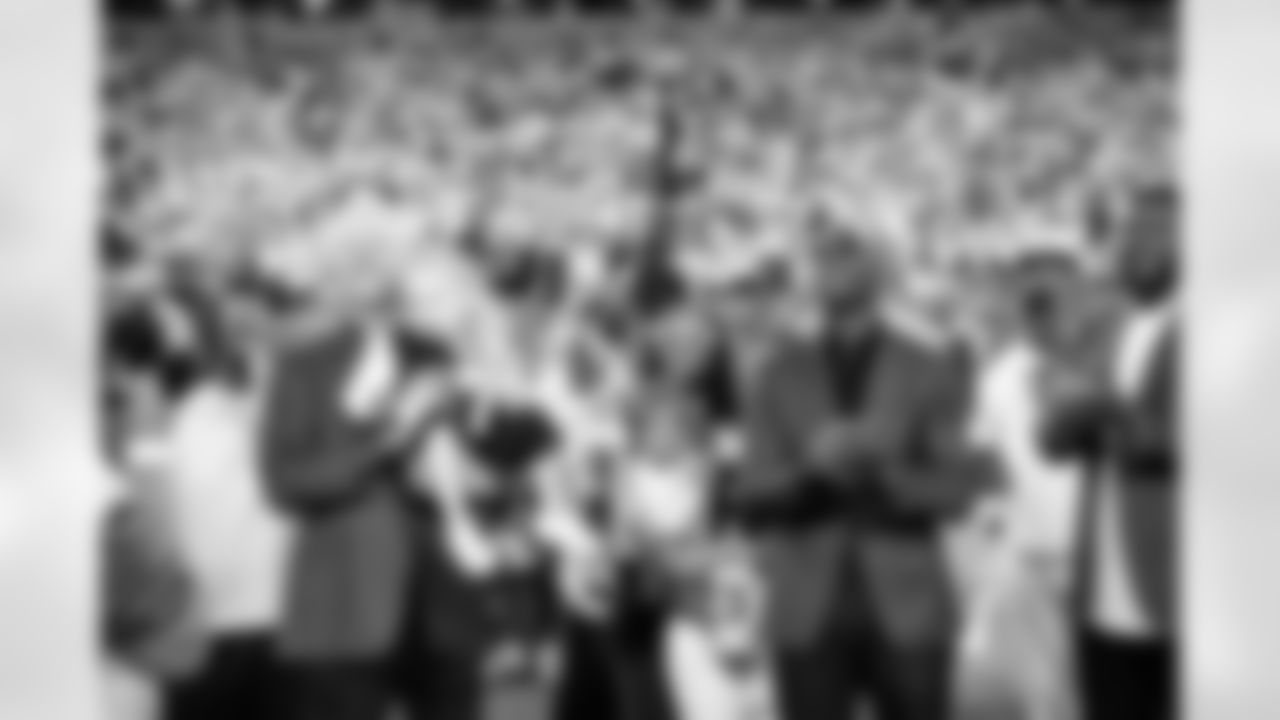
The Bengals 2023 Ring of Honor induction ceremony featured Bengals legends Boomer Esiason and Chad Johnson on Monday, September 25, 2023.
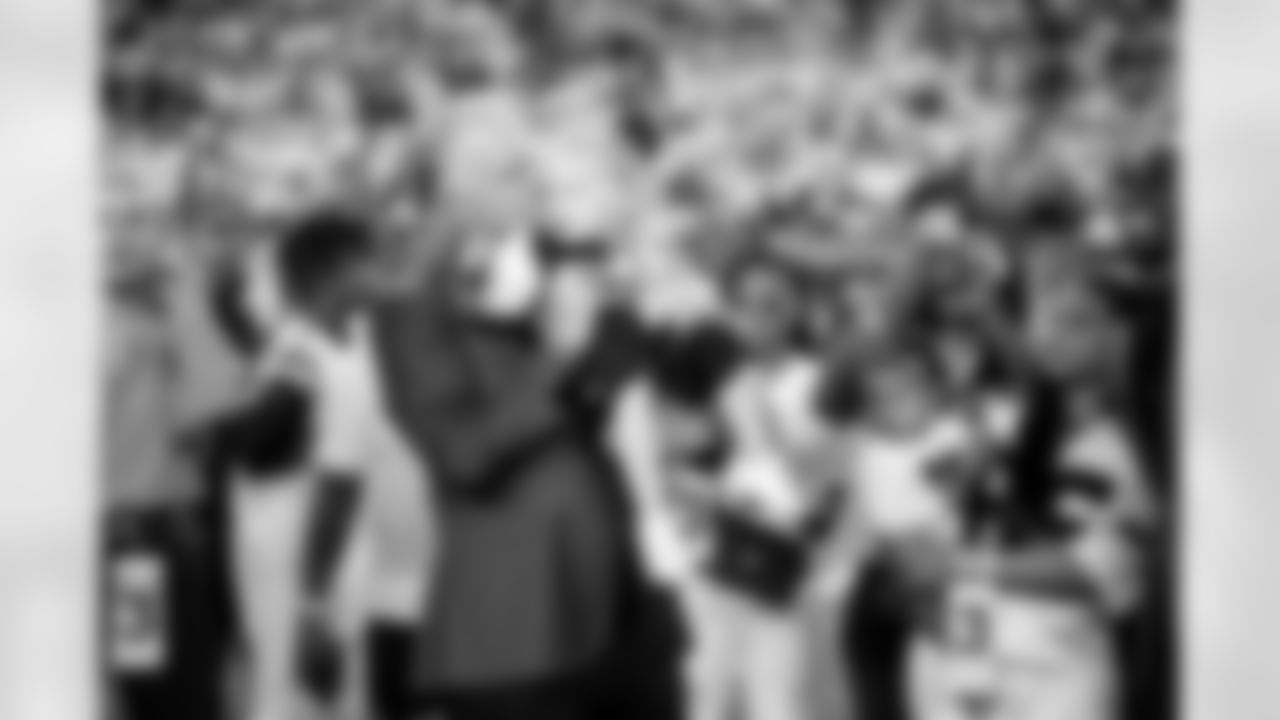
The Bengals 2023 Ring of Honor induction ceremony featured Bengals legends Boomer Esiason and Chad Johnson on Monday, September 25, 2023.
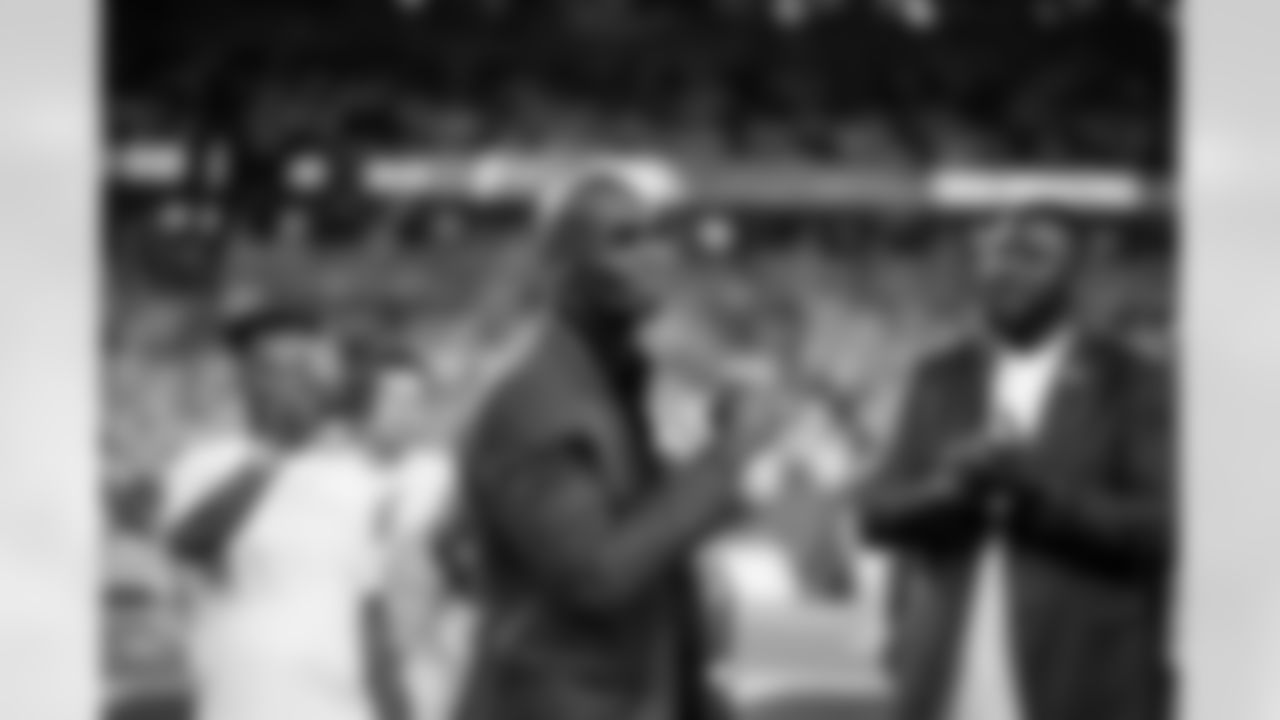
The Bengals 2023 Ring of Honor induction ceremony featured Bengals legends Boomer Esiason and Chad Johnson on Monday, September 25, 2023.
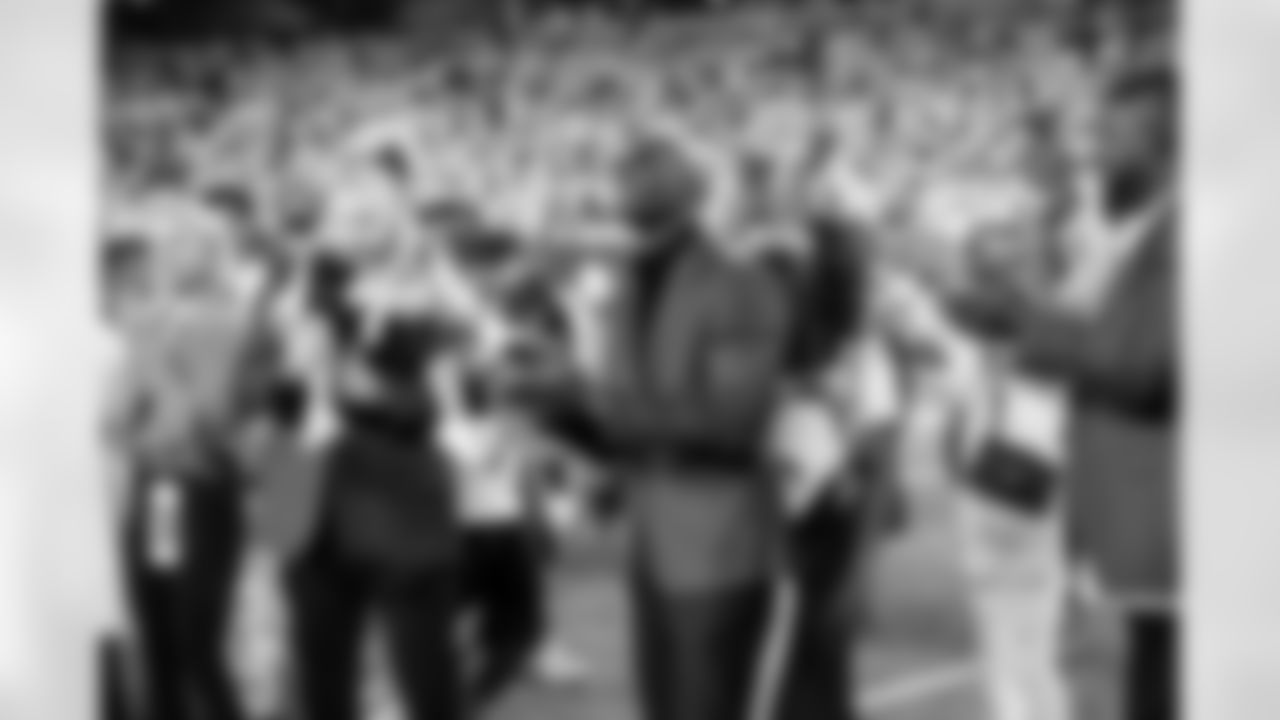
The Bengals 2023 Ring of Honor induction ceremony featured Bengals legends Boomer Esiason and Chad Johnson on Monday, September 25, 2023.

The Bengals 2023 Ring of Honor induction ceremony featured Bengals legends Boomer Esiason and Chad Johnson on Monday, September 25, 2023.
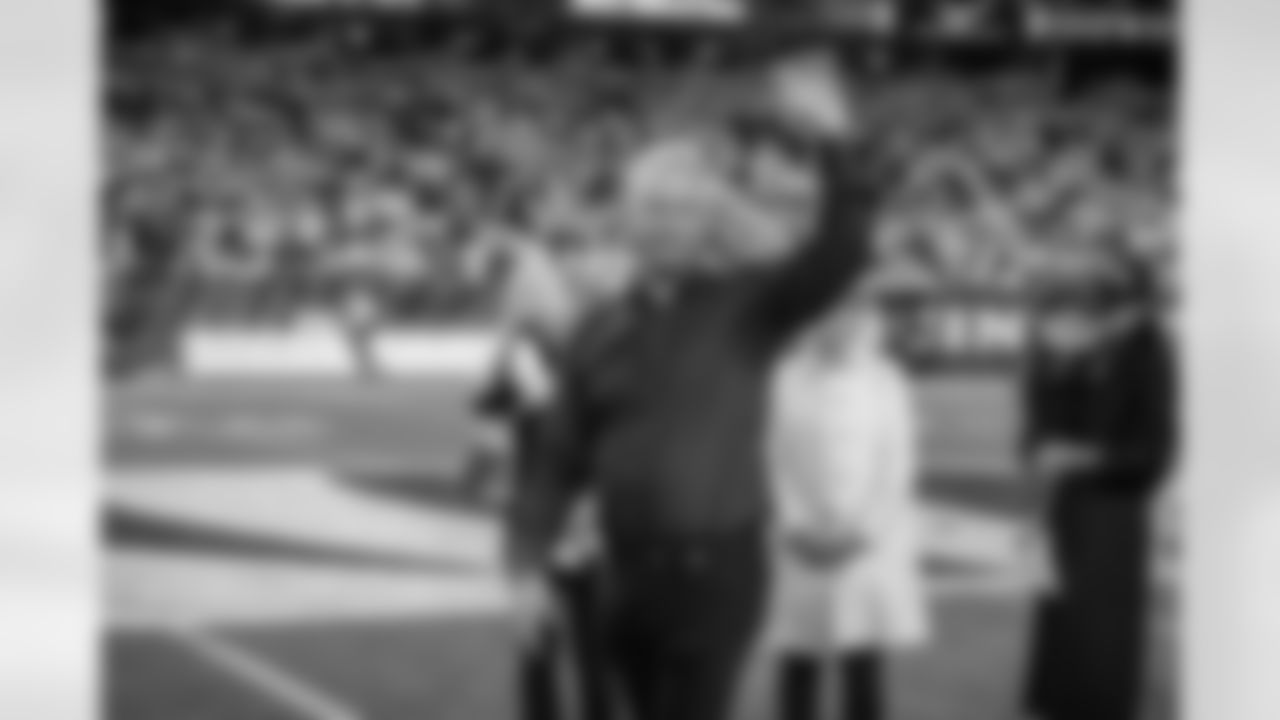
The Bengals 2023 Ring of Honor induction ceremony featured Bengals legends Boomer Esiason and Chad Johnson on Monday, September 25, 2023.

The Bengals 2023 Ring of Honor induction ceremony featured Bengals legends Boomer Esiason and Chad Johnson on Monday, September 25, 2023.
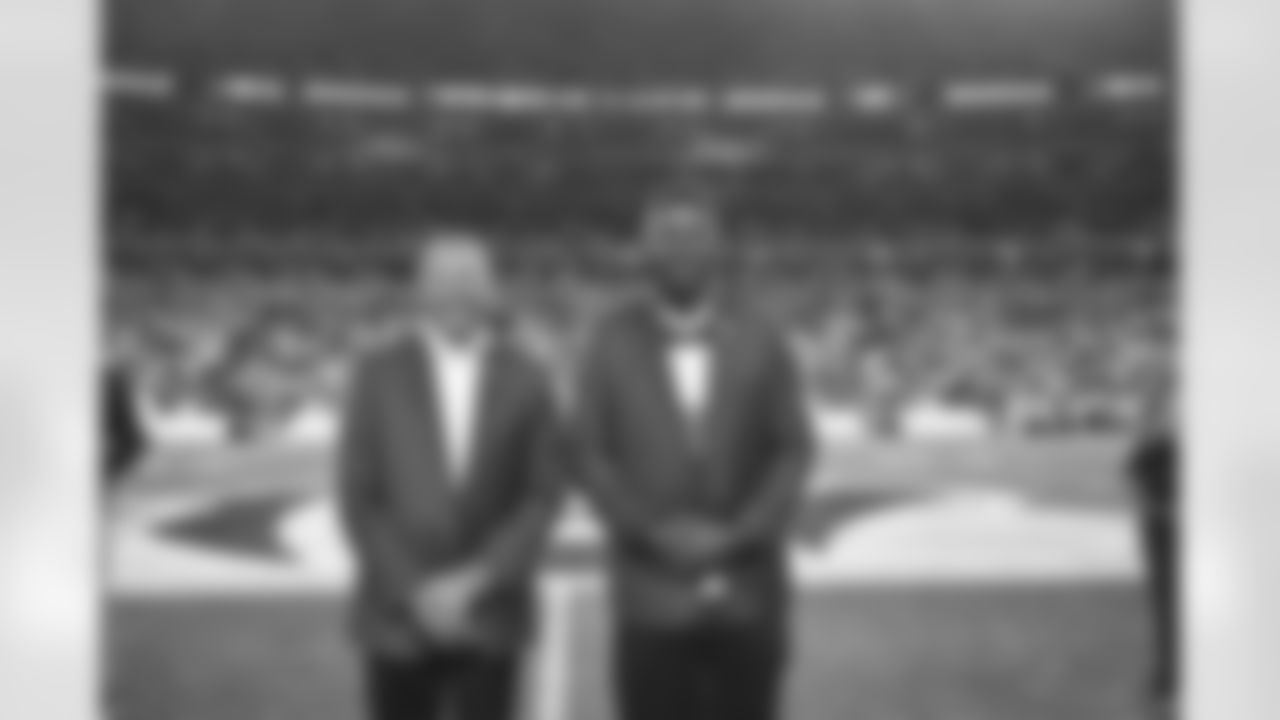
The Bengals 2022 Ring of Honor induction ceremony honored Bengals legends Willie Anderson and Isaac Curtis on Thursday, September 29, 2022.

The Bengals 2022 Ring of Honor induction ceremony honored Bengals legends Willie Anderson and Isaac Curtis on Thursday, September 29, 2022.
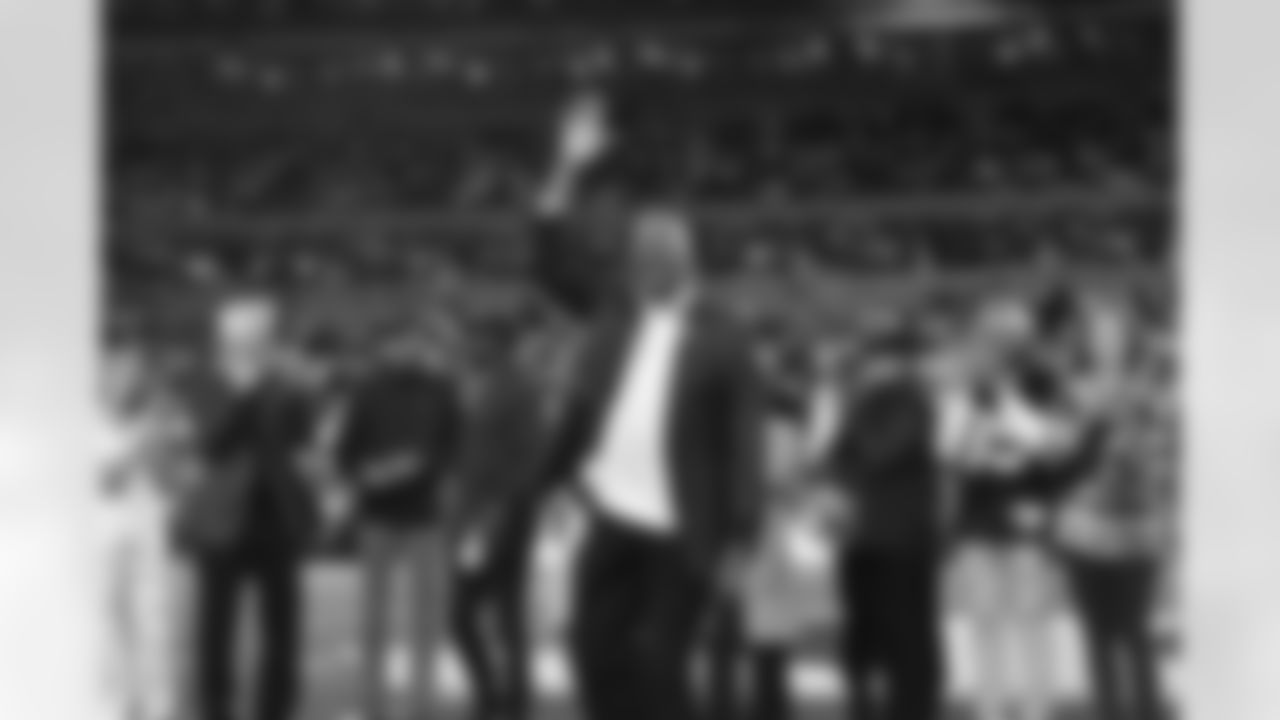
The Bengals 2022 Ring of Honor induction ceremony honored Bengals legends Willie Anderson and Isaac Curtis on Thursday, September 29, 2022.
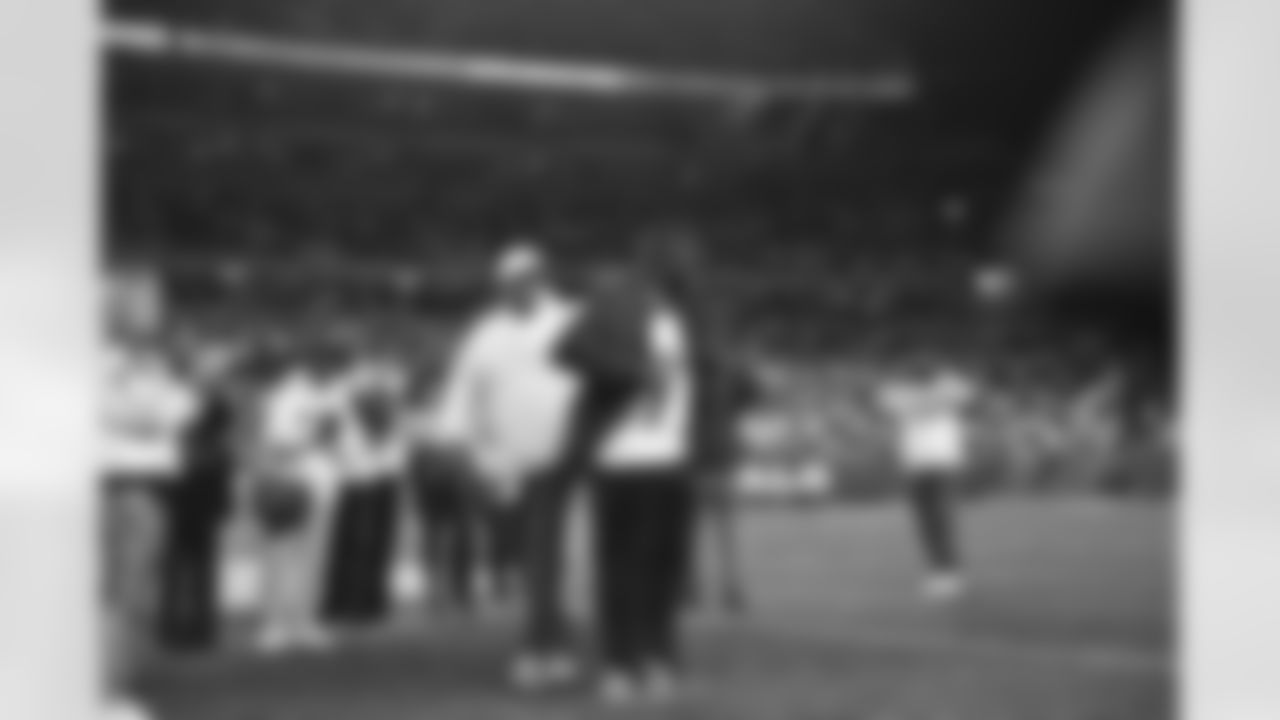
The Bengals 2022 Ring of Honor induction ceremony honored Bengals legends Willie Anderson and Isaac Curtis on Thursday, September 29, 2022.

The Bengals 2022 Ring of Honor induction ceremony honored Bengals legends Willie Anderson and Isaac Curtis on Thursday, September 29, 2022.
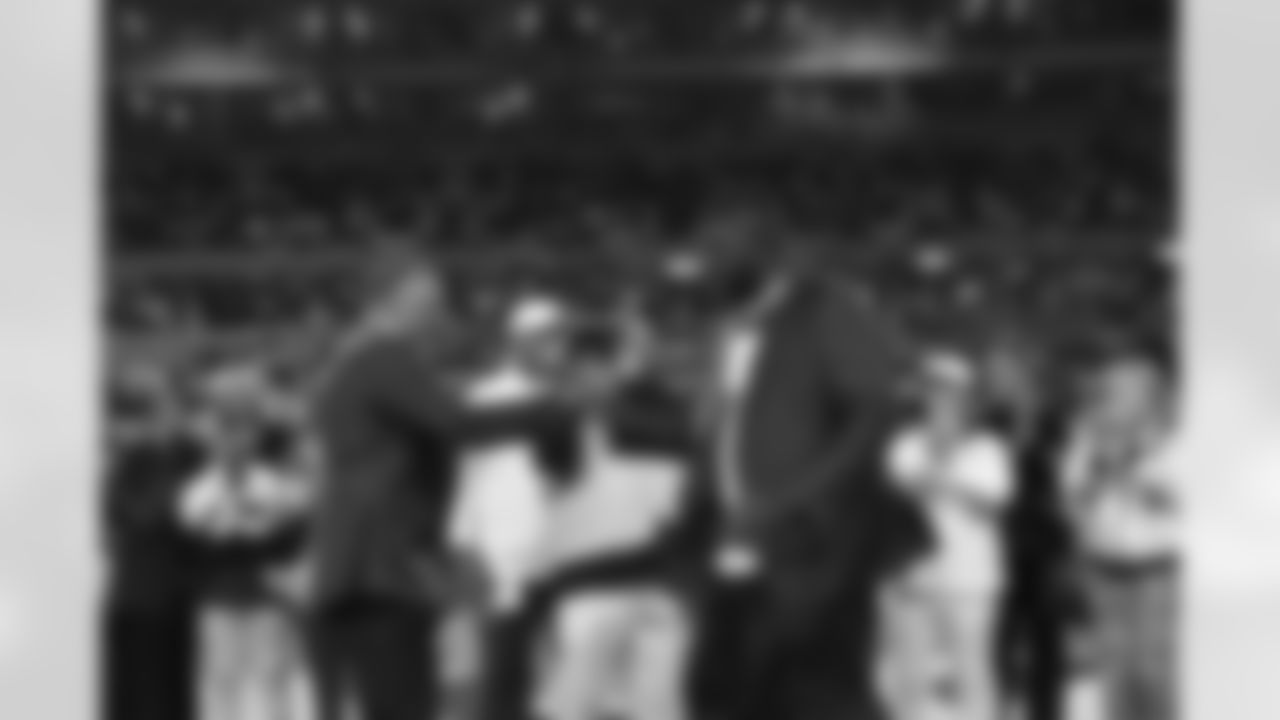
The Bengals 2022 Ring of Honor induction ceremony honored Bengals legends Willie Anderson and Isaac Curtis on Thursday, September 29, 2022.
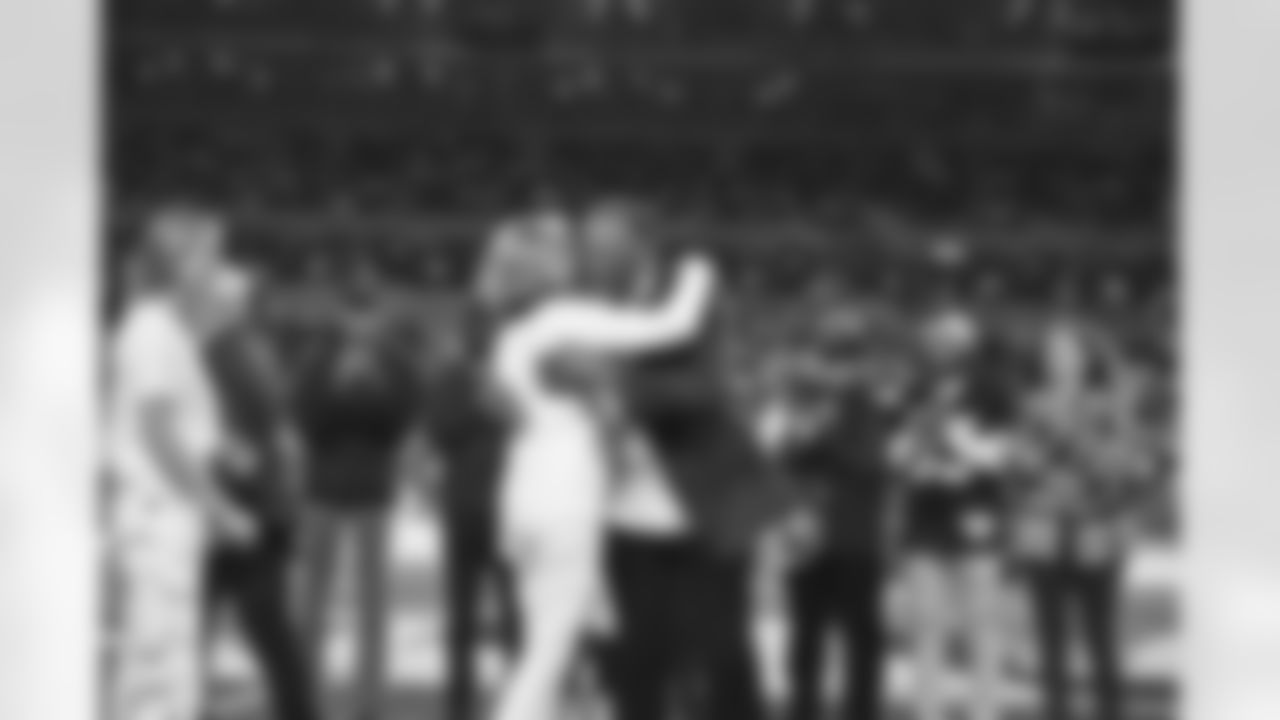
The Bengals 2022 Ring of Honor induction ceremony honored Bengals legends Willie Anderson and Isaac Curtis on Thursday, September 29, 2022.
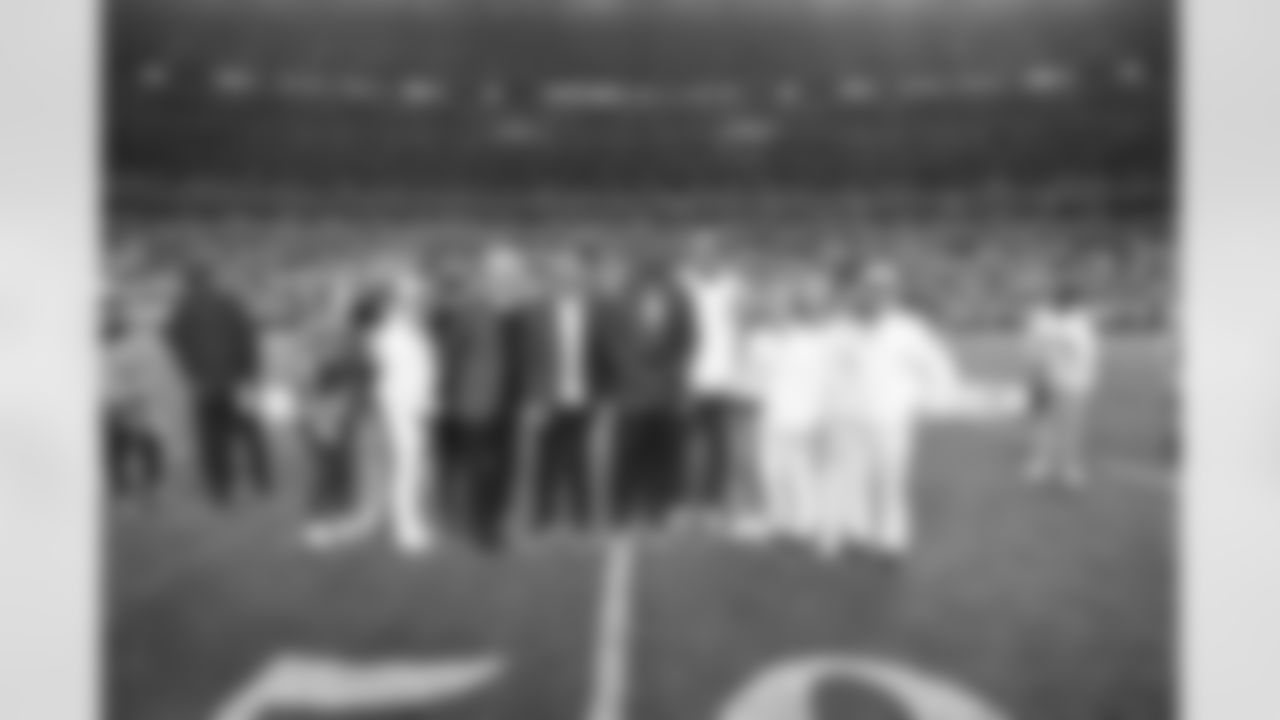
The Bengals 2022 Ring of Honor induction ceremony honored Bengals legends Willie Anderson and Isaac Curtis on Thursday, September 29, 2022.
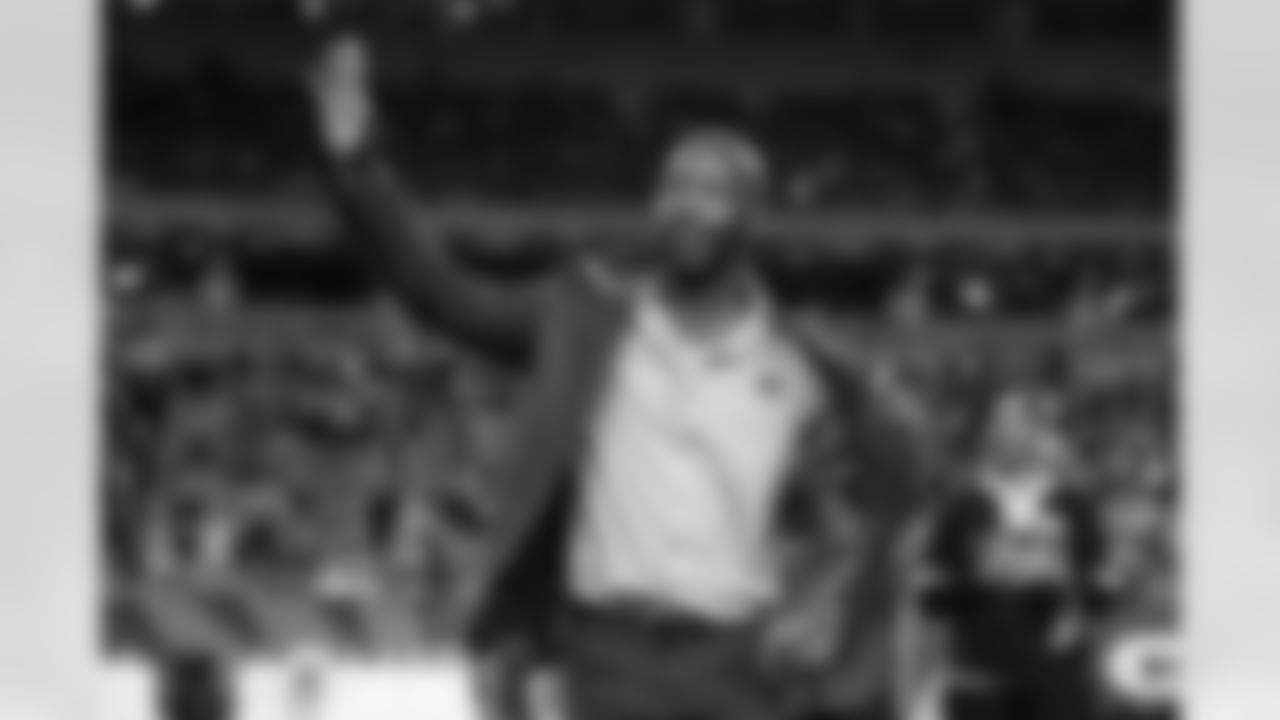
The Bengals Inaugural Ring of Honor induction ceremony honored Bengals legends Ken Anderson, Ken Riley, Anthony Muñoz and Paul Brown on Thursday, September 30, 2021.

The Bengals Inaugural Ring of Honor induction ceremony honored Bengals legends Ken Anderson, Ken Riley, Anthony Muñoz and Paul Brown on Thursday, September 30, 2021.

The Bengals Inaugural Ring of Honor induction ceremony honored Bengals legends Ken Anderson, Ken Riley, Anthony Muñoz and Paul Brown on Thursday, September 30, 2021.
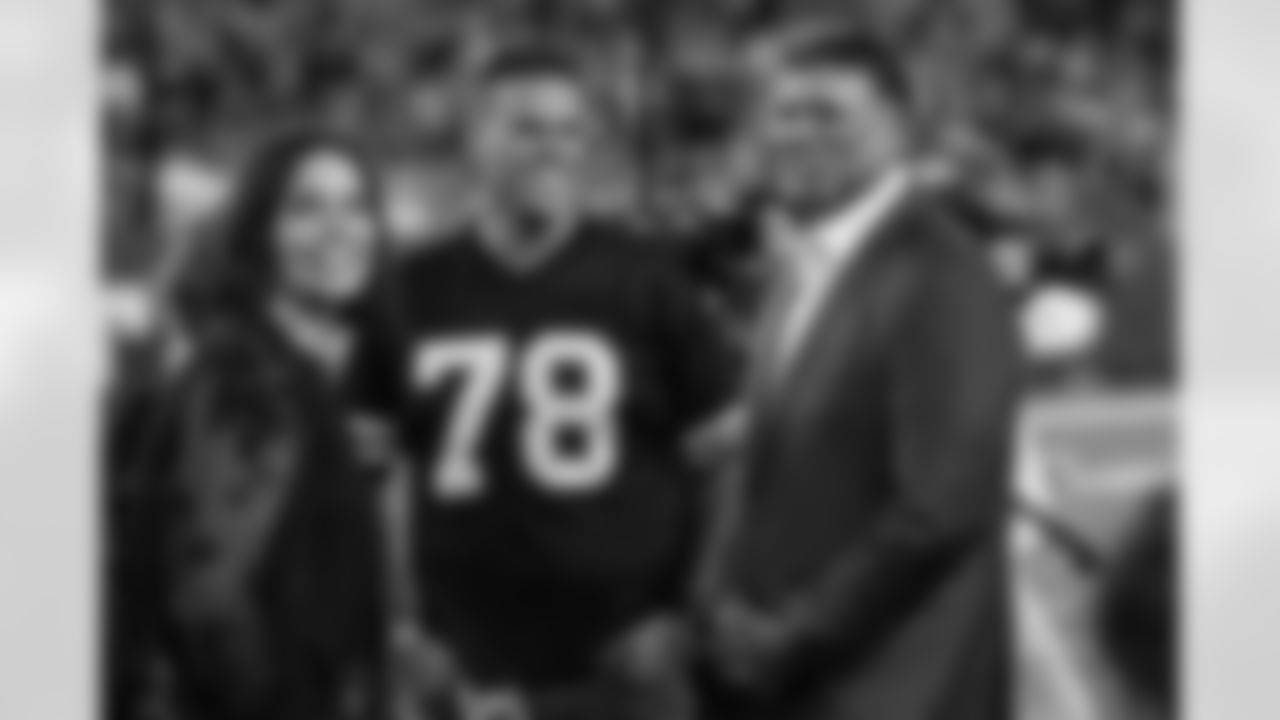
The Bengals Inaugural Ring of Honor induction ceremony honored Bengals legends Ken Anderson, Ken Riley, Anthony Muñoz and Paul Brown on Thursday, September 30, 2021.

The Bengals Inaugural Ring of Honor induction ceremony honored Bengals legends Ken Anderson, Ken Riley, Anthony Muñoz and Paul Brown on Thursday, September 30, 2021.









